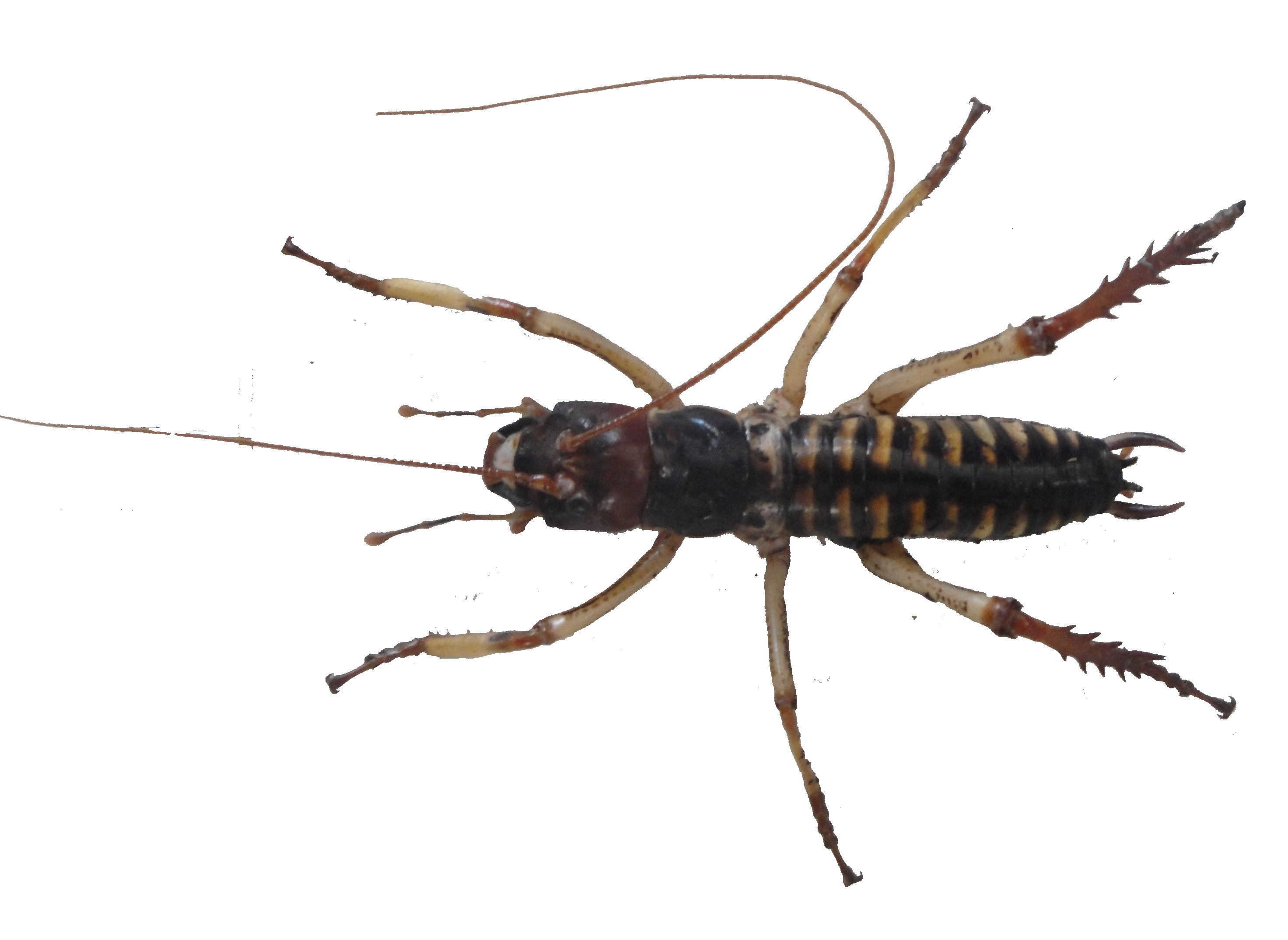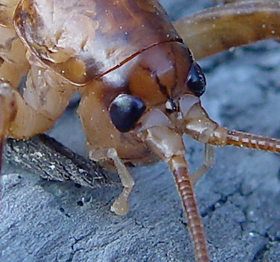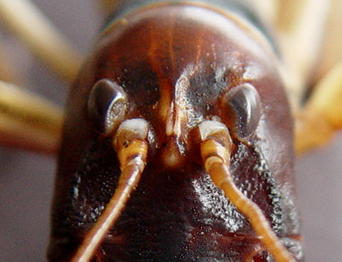|
Do you have an insect?: Insects (Arthropoda: Hexapoda: Insecta) form an important group of invertebrates globally in almost all habitats. Like other arthropods including spiders and centipedes, insects possess jointed appendages. Chitinous exoskeleton, jointed appendages, three segmented body (head, thorax and abdomen), a pair of compound eyes, a pair of antennae and ectognathous (exposed) mouth parts distinguish insects from their non-insect relatives. Many insects possess 2 to 4 wings (Pterygota) and insects are the only invertebrates that possess active flight capability. Hexa poda: six legs
Do you have an orthopteran?: Order Orthoptera (meaning straight wings) include grasshoppers, crickets, weta, locusts etc. Not all orthopterans have wings; in winged species, the wings can be folded over the body. Orthopterans can be differentiated from other similar insects (such as mantids, stick insects and cockroaches) by presence of enlarged hind legs that enable the orthopterans to jump. However a group of orhtopterans (mole-crickets) lack enlarged hind-legs, instead, the fore-legs are well developed and modified for burrowing (fossorial legs) into soil. Use the key below to delineate the 6 New Zealand Orthoptera families, based on different combinations of habitat (in the 1st collum of the below table) and morphological characters (in the 1st row of the below table).
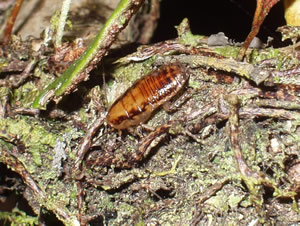 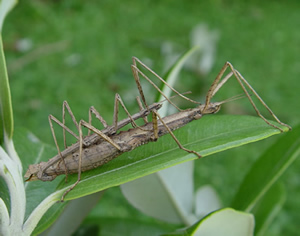 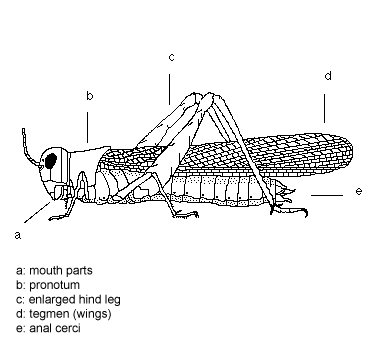 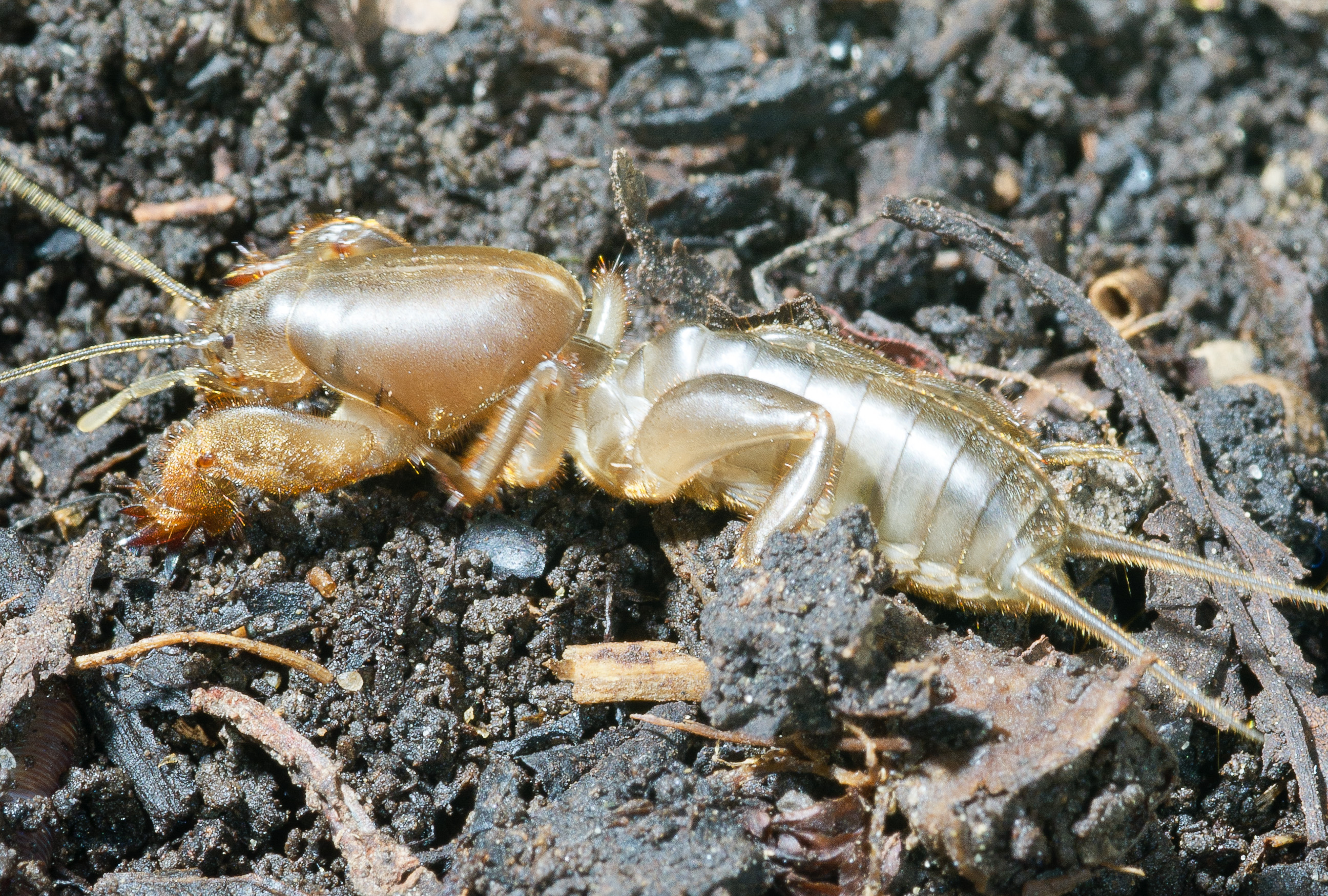
Do you have a weta? Let us find out: The Maori term "weta" is used for species belonging to two NZ ortrhopteran families; the Anostostomatidae (giant weta, tree weta, ground weta and tusk weta), and the Rhaphidophoridae (cave weta). The most familiar are tree weta, and a few large cave weta because they are the most commonly encountered. Most other species go unnoticed because they are small and forest-dwelling, and like all weta are nocturnal. Many species (especially among the ground weta and cave weta) remained to be described. Some species occur widely through New Zealand, whilst others have very small ranges. Depending on taxonomic treatment there are currently recognized about 29 Anostostomatide species (in five genera) including 11 giant weta, 7 tree weta, 3 tusk weta, 8 ground weta, and 54 Rhapidophoridae species (in about 16 genera). Do you have a male or female weta?
Ovipositor is egg-laying organ present in females
Which weta? Key to separate the two "weta" families:
Go here an alternative key to New Zealand Orthoptera families other than Acrididae. Which cave weta genus?...................continue here (the Rhaphidophoridae page) to find out more about New Zealand cave weta genera
|
||||||||||||||||||||||||||||||||||||||||||||||||||||||
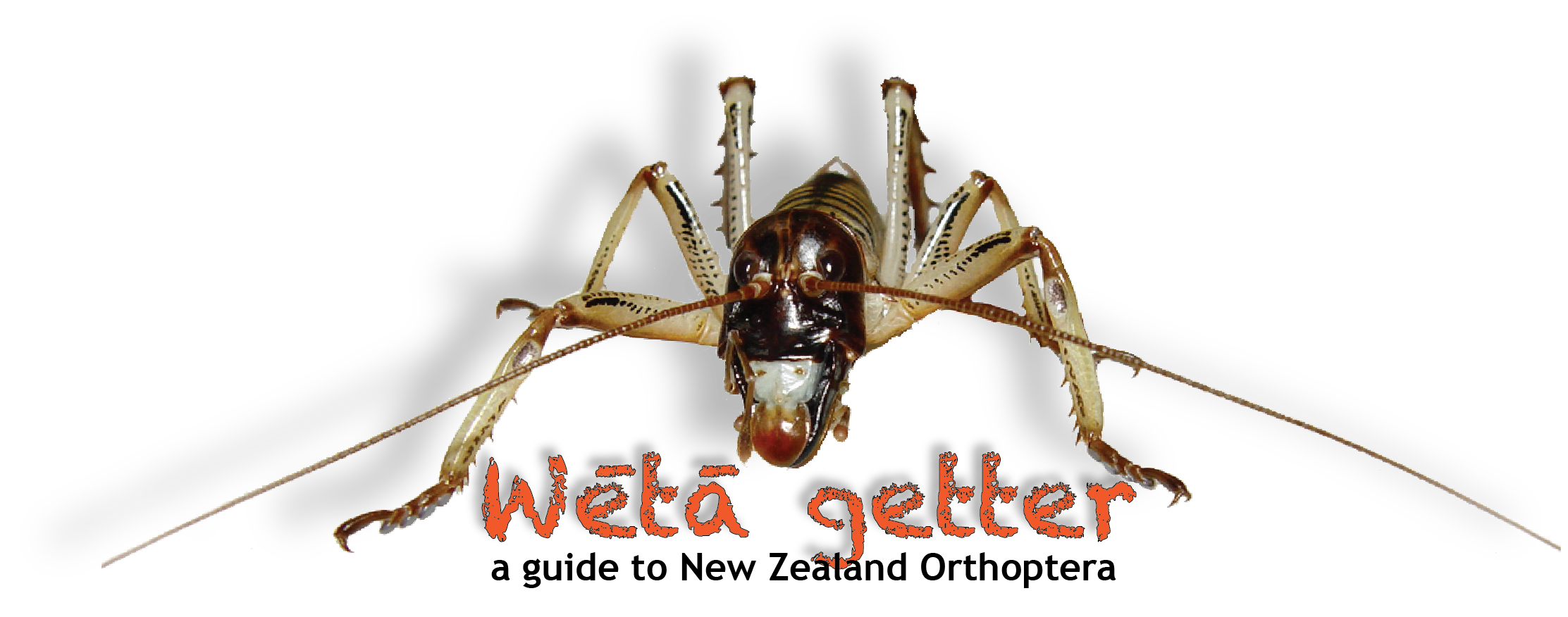 |


